'I Want to Dream': Jonathan Rosen's poignant statements in Paris
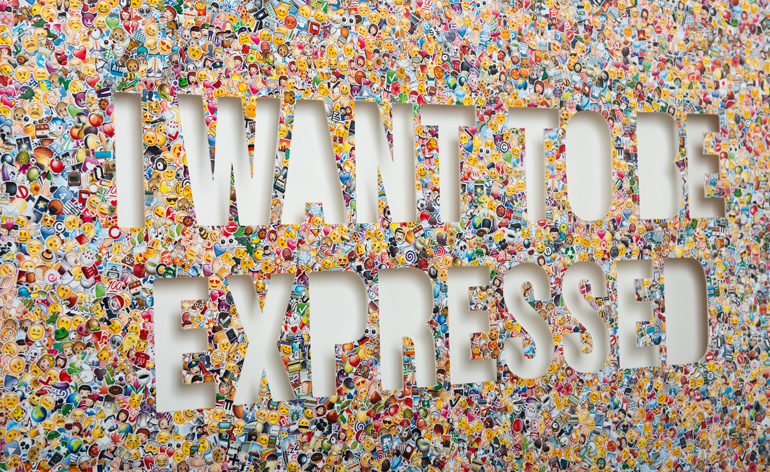
Jonathan Rosen had conceived an I Want Peace canvas for his solo show at Colette before the Paris terrorists attacks on November 13. The acrylic sheet to support the toile had been fabricated with the requisite cutout block lettering. He intended to cover the surface with thousands of orange foam earplugs. It would be a vibrant, double entendre addition to a series that explores desires, aspirations and confessions through familiar mixed media.
With ten days separating such unconscionable circumstances and the opening of his 'I Want to Dream' exhibition, the New York-based artist was encouraged by Colette’s Sarah Andelman that the show should, indeed, go on. If the title aligned nicely with the start of the holiday season, it became even more profound. As the Yoko Ono quote at the heart of series notes, 'A dream you dream alone is only a dream, a dream you dream together is a reality.'
But even removed of all context, Rosen’s creative concept makes a forceful first impression. All identical in size (122 cm x 183 cm), the canvases doubly communicate through their wallpaper-effect motifs and sans serif typography as negative space. I Want to be Found consists of Where’s Wally? illustrations; white feathers blanket I Want to Fly; the collage of I Want to Escape comes from Rosen’s movie ticket stubs; I Want a Cookie in blue faux fur needs no further explanation. I Want to be Expressed is arguably the most zeitgeist-y of all: 13,000 emoji stickers.
Perhaps unsurprisingly, Rosen had established a solid career in advertising before pivoting to visual arts roughly two years ago. Like a confluence of existential crisis and imaginative outburst, he realised how much he yearned to convey feelings – from insecurity to acceptance – that were likely shared by others. Where advertising acted like a 'quick hit' of creativity, he says this process has infused him with 'creative joy'.
'With art, it’s everlasting, especially if you put a piece of yourself into it,' he tells Wallpaper*. 'Even when it gets sold and you never see it, it’s still out there in the world; whereas commercial work has a shelf life. It’s rare that you have an opportunity to make a real difference in the world.'
Which brings us back to the I Want Peace piece. Rosen and Andelman came to the conclusion that he would realise the work on site – in Paris, in the store. He bid adieu to the earplug idea; in its place, 200 beautiful vintage postcards of the city that he sourced from local flea markets (he briefly considered plastic Eiffel Tower trinkets). He completed the canvas just hours before his flight back to New York.
Meanwhile, everyone was in agreement that the proceeds should be directed to a charity that would reach victims of the attacks. The Eagles of Death Metal, who were performing at the Bataclan where the gunmen killed 89 people, have singled out the Sweet Stuff Foundation as an organisation raising funds for direct donation (it was founded in 2013 to aide music professionals suffering from illness, and supported the band’s original bass guitarist, Brian O’Connor, who survived an unspecified cancer).
Rosen notes how the conversations he had during the making of the work live on in its result (an art expert from Monaco suggested he expose the reverse side of some postcards to underscore the exchange between people). 'This piece is not mine; it is all of ours,' he says, noting that wherever it ends up (it has yet to find a buyer), 'It will forever be in Paris.'
As for moving forward, Rosen says he has approximately 100 executions conceptualised, 50–100 materials set aside that require text, and 'orphan' texts that must be matched with media. Which is to say, he wants to make this a long-term project, now more than ever. 'In the past, I didn’t dream enough out loud,' he admits. 'And we can’t allow hate and terror to take away our dreams.'
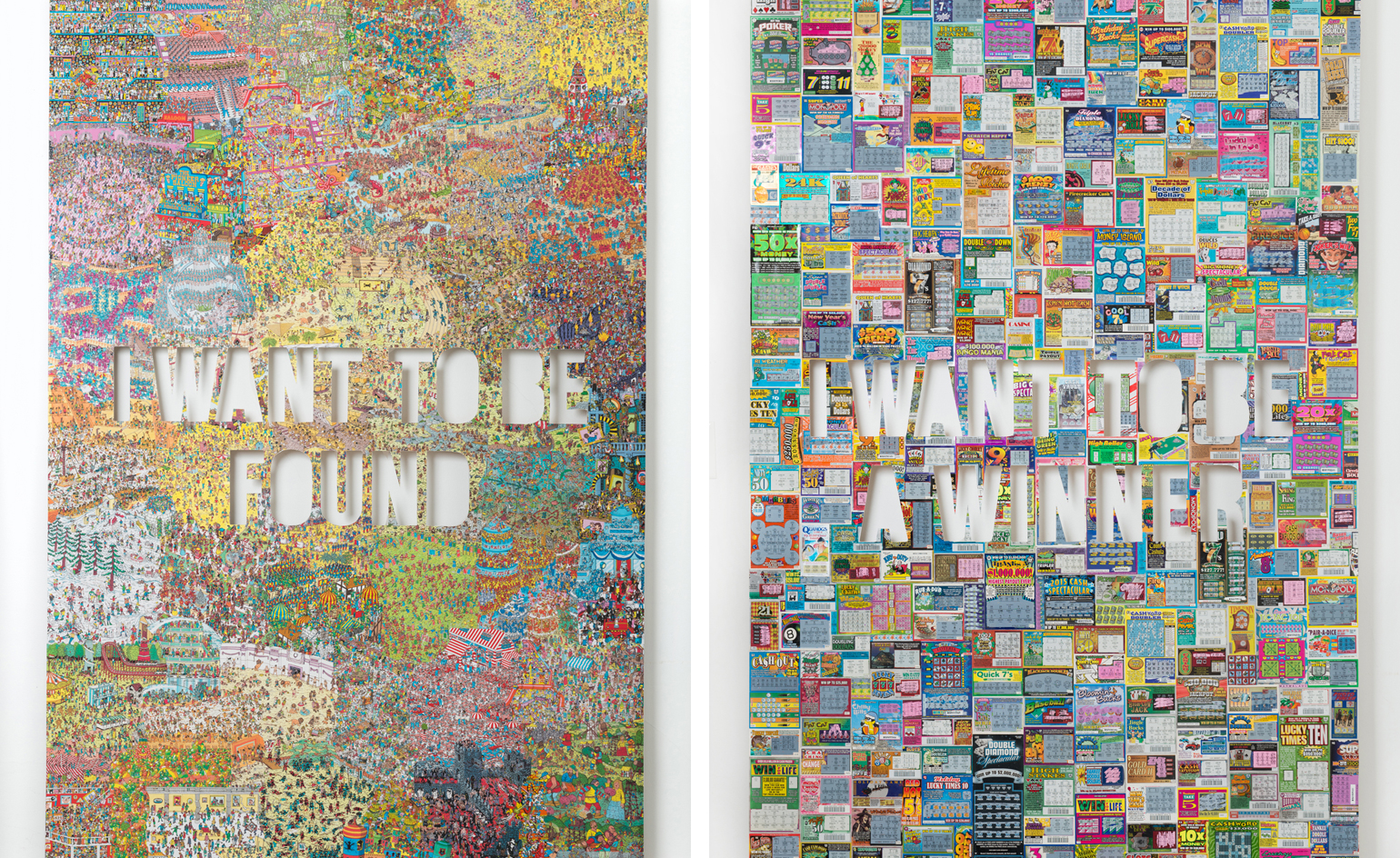
Irony pervades the work: I Want to be Found (pictured left) comprises a collage of Where’s Wally? illustrations; I Want to be a Winner (right) is made from hundreds of unsuccessful scratch cards
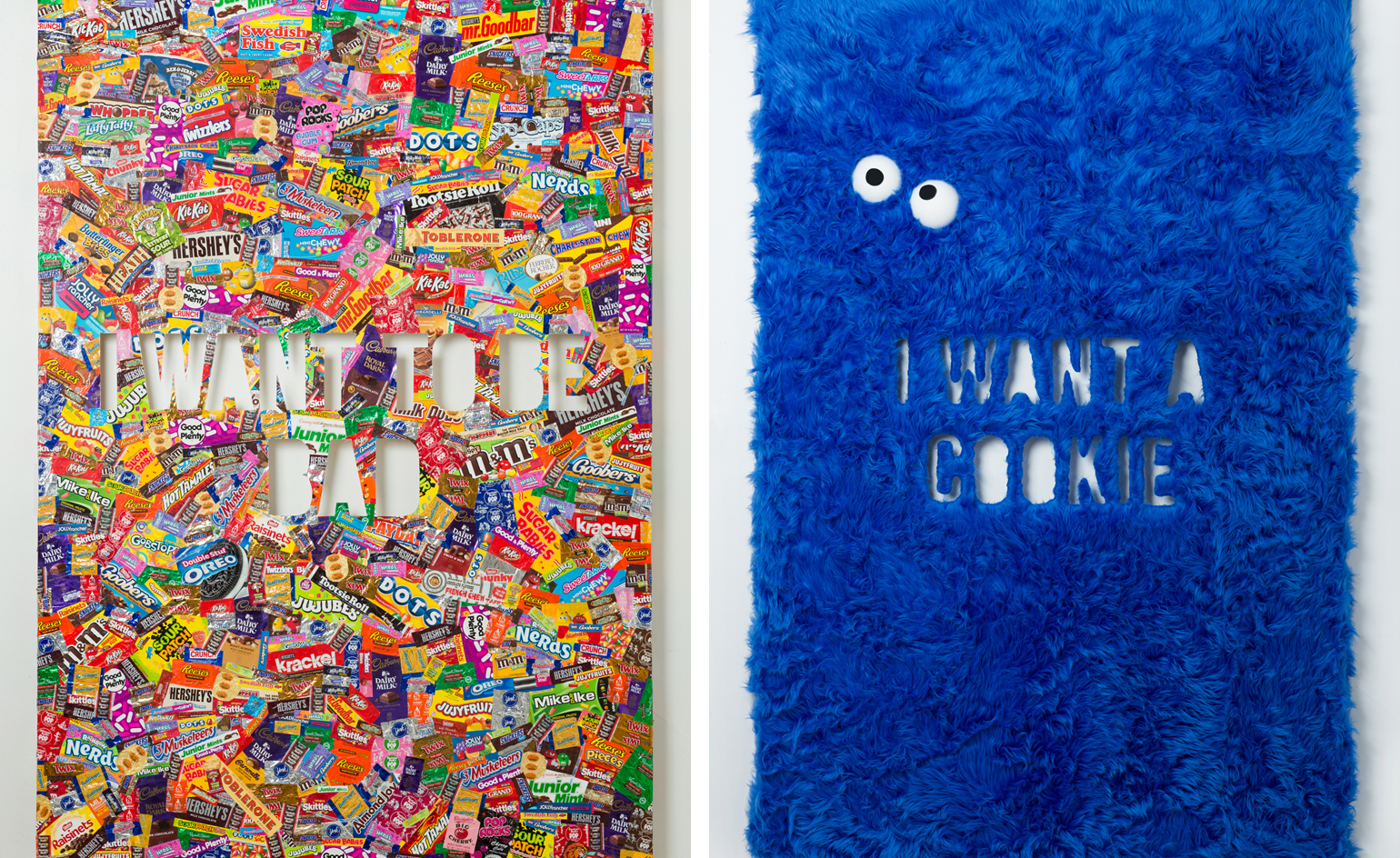
Pictured left: I Want to be Bad. Right: I Want a Cookie
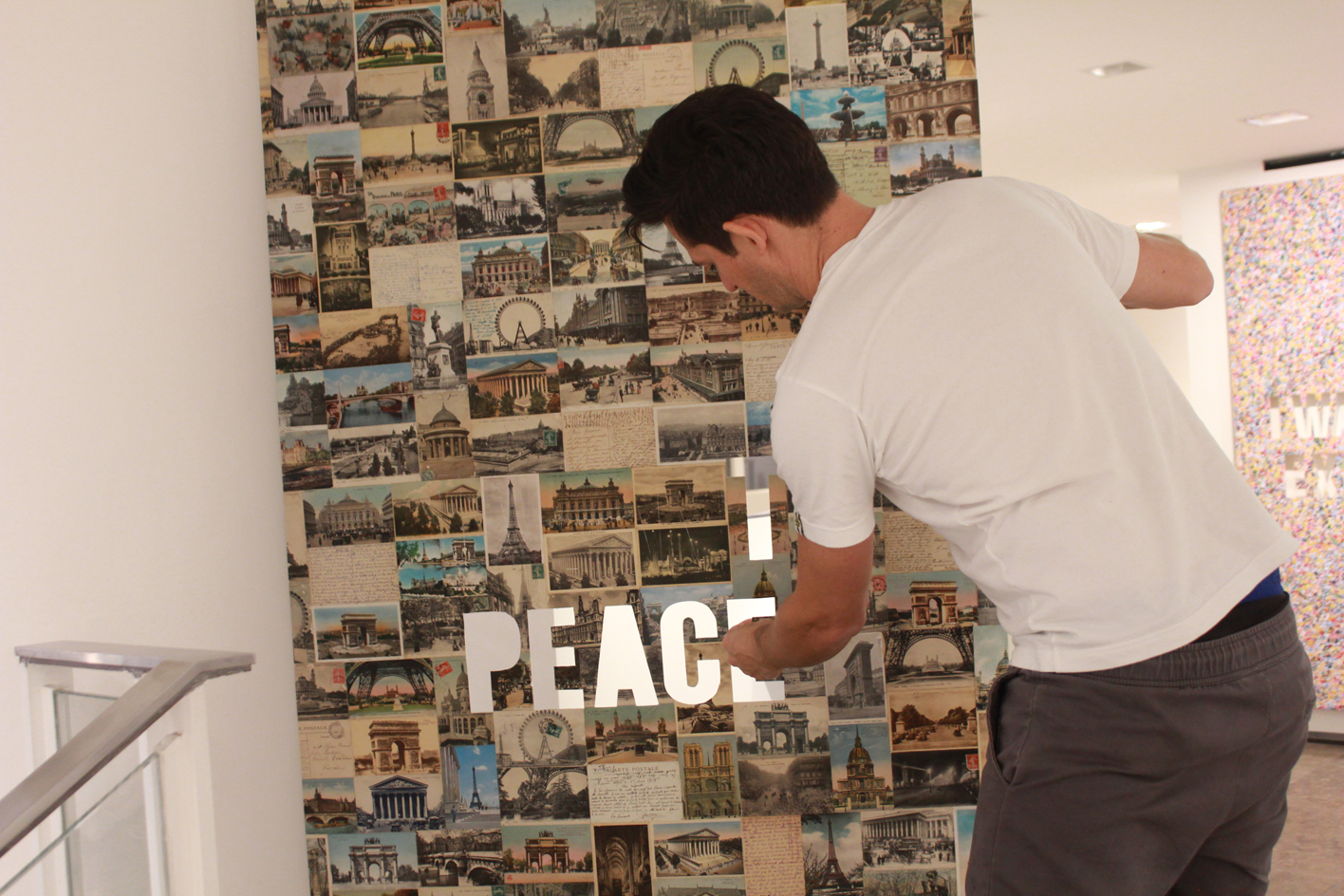
Rosen had conceived (and, indeed, started to create) his newest I Want Peace design (pictured) prior to the Paris attacks on 13 November
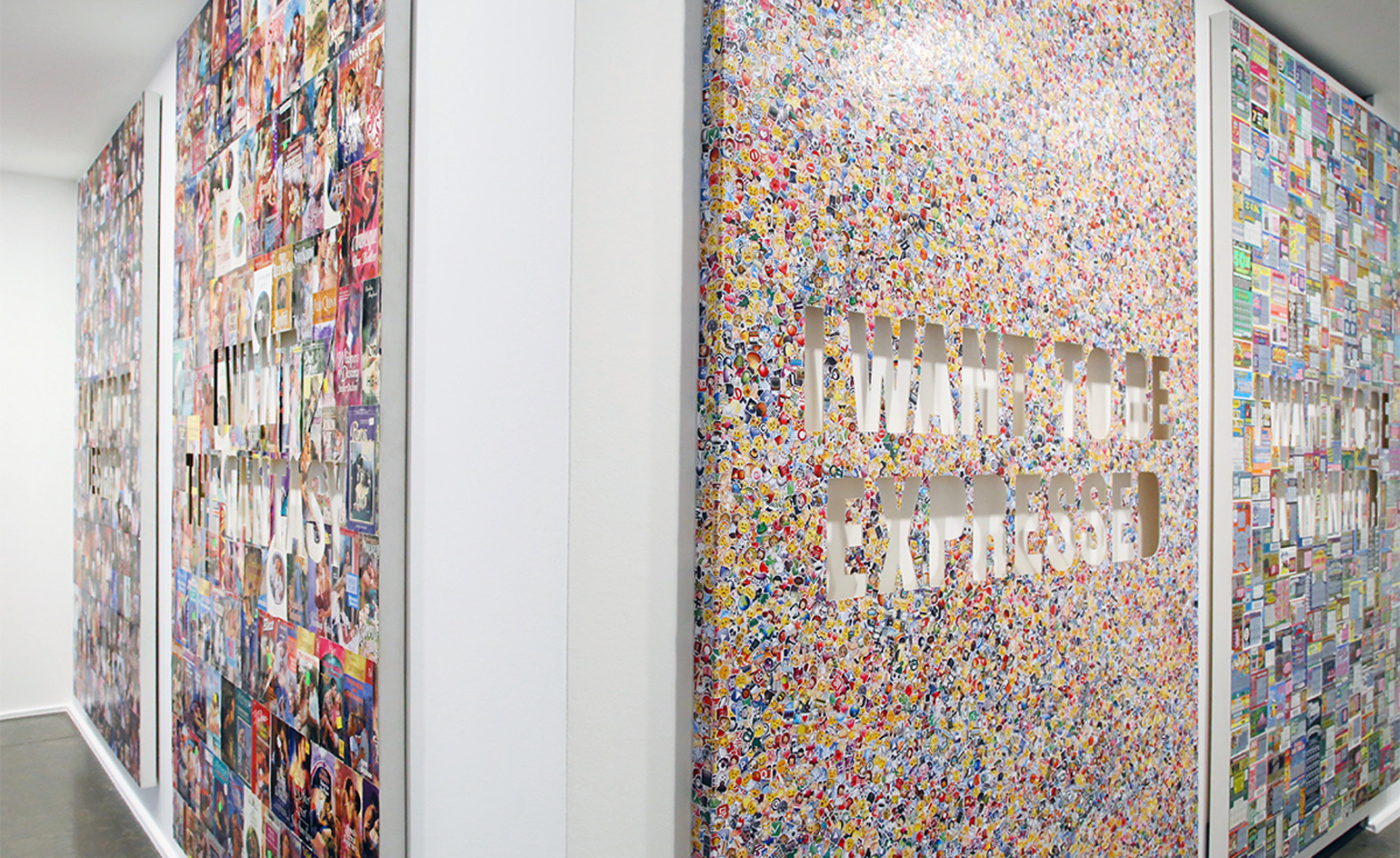
All proceeds from the I Want To Dream exhibition will go to the victims and families of those affected by the attacks
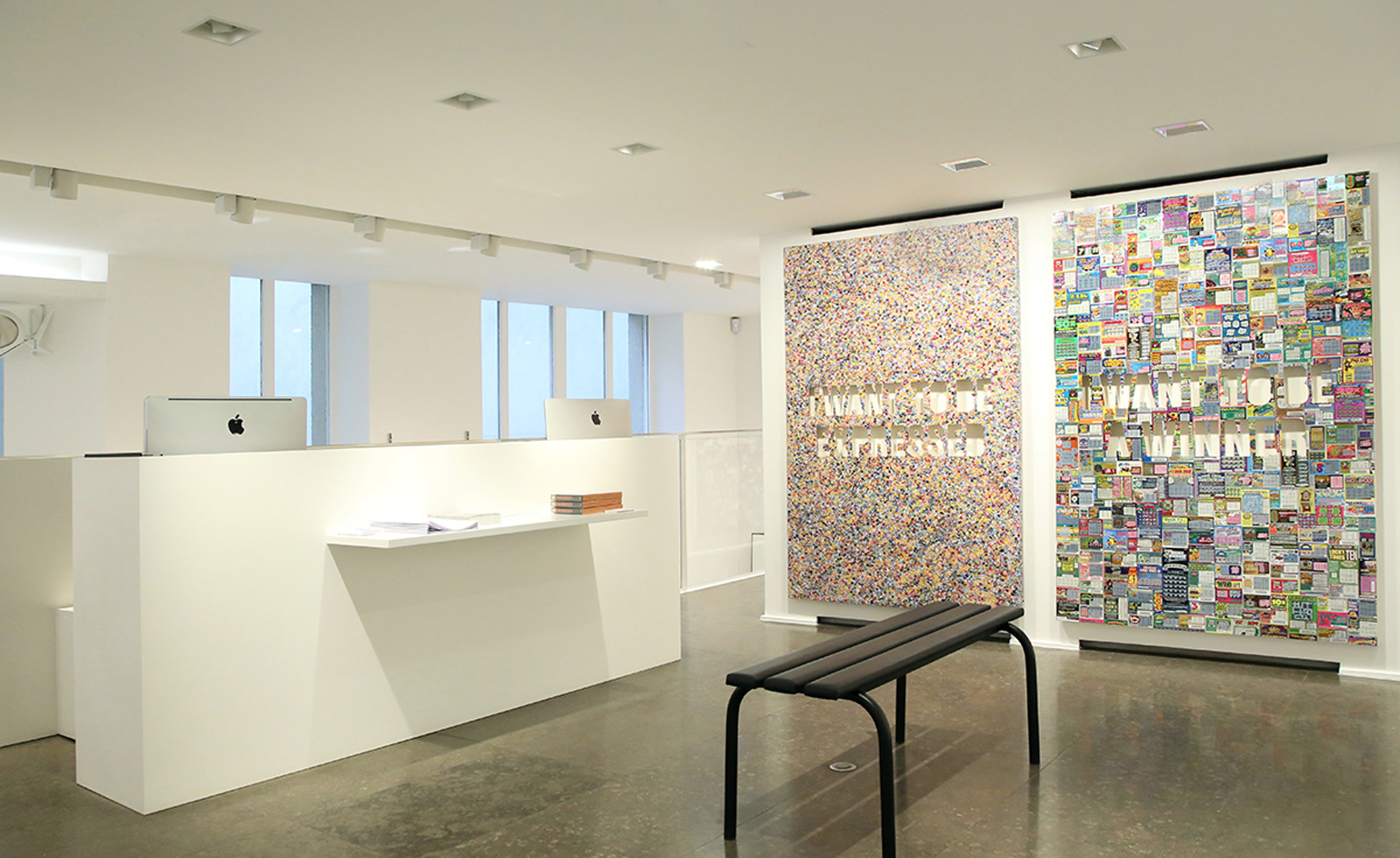
As Rosen explains, ’This piece is not mine; it is all of ours... it will forever be in Paris’
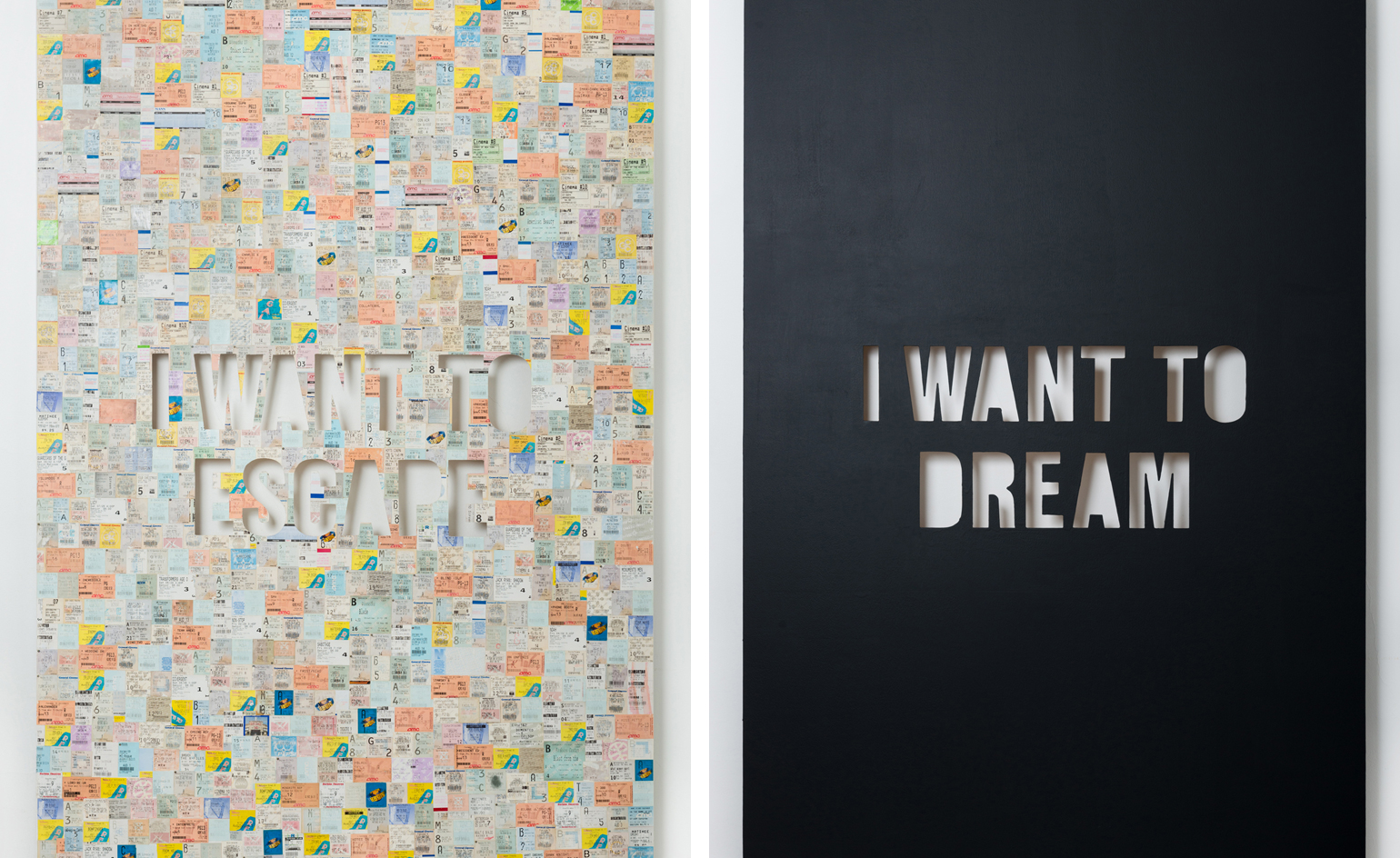
Here we see the poignant words I Want to Escape (pictured left) cut out from thousands of used ticket stubs, and I Want to Breathe shaped from an oppressive black background
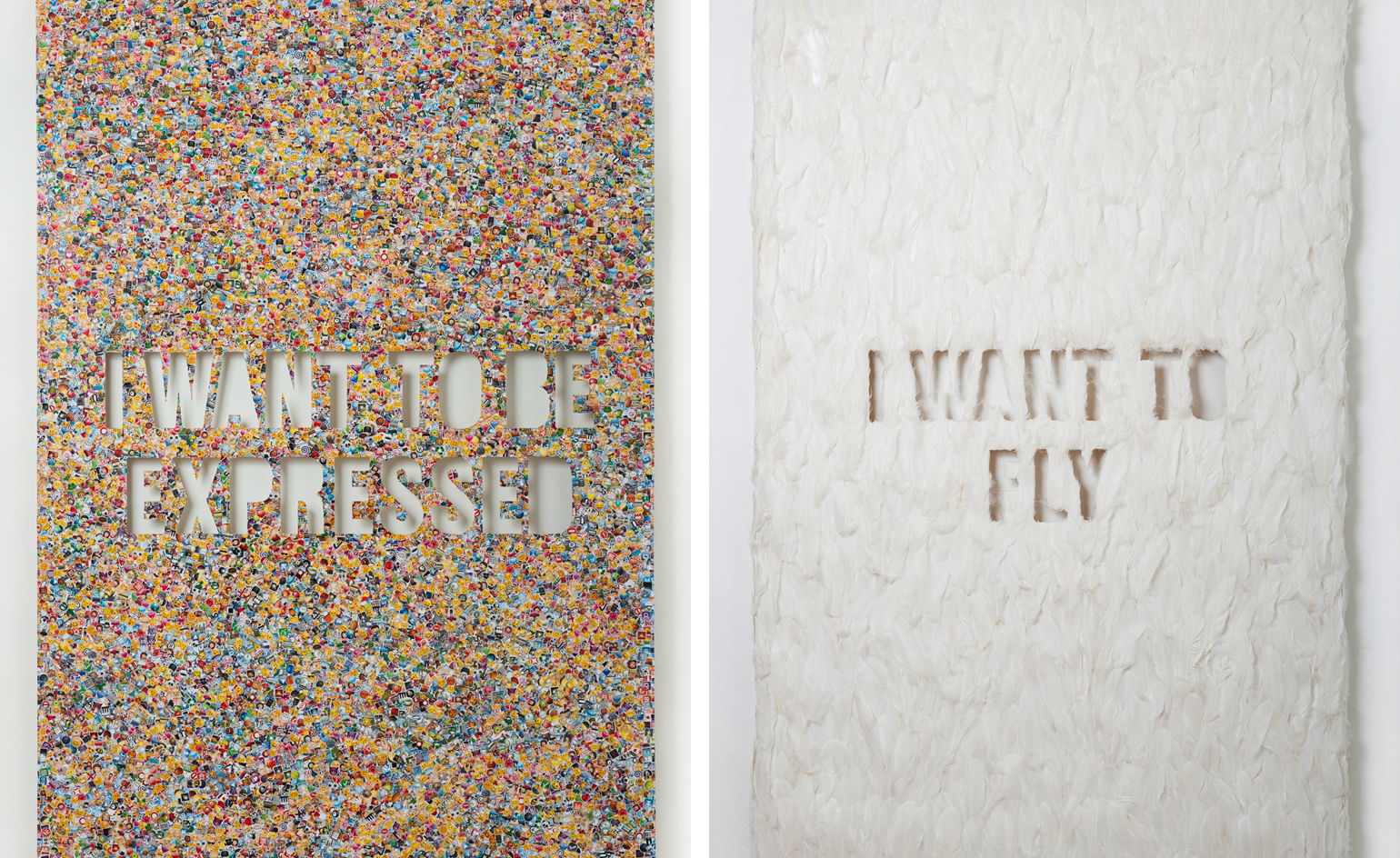
Pictured left: I Want to be Expressed. Right: I Want to Fly, which is made from downy feathers, stuck firmly to the background
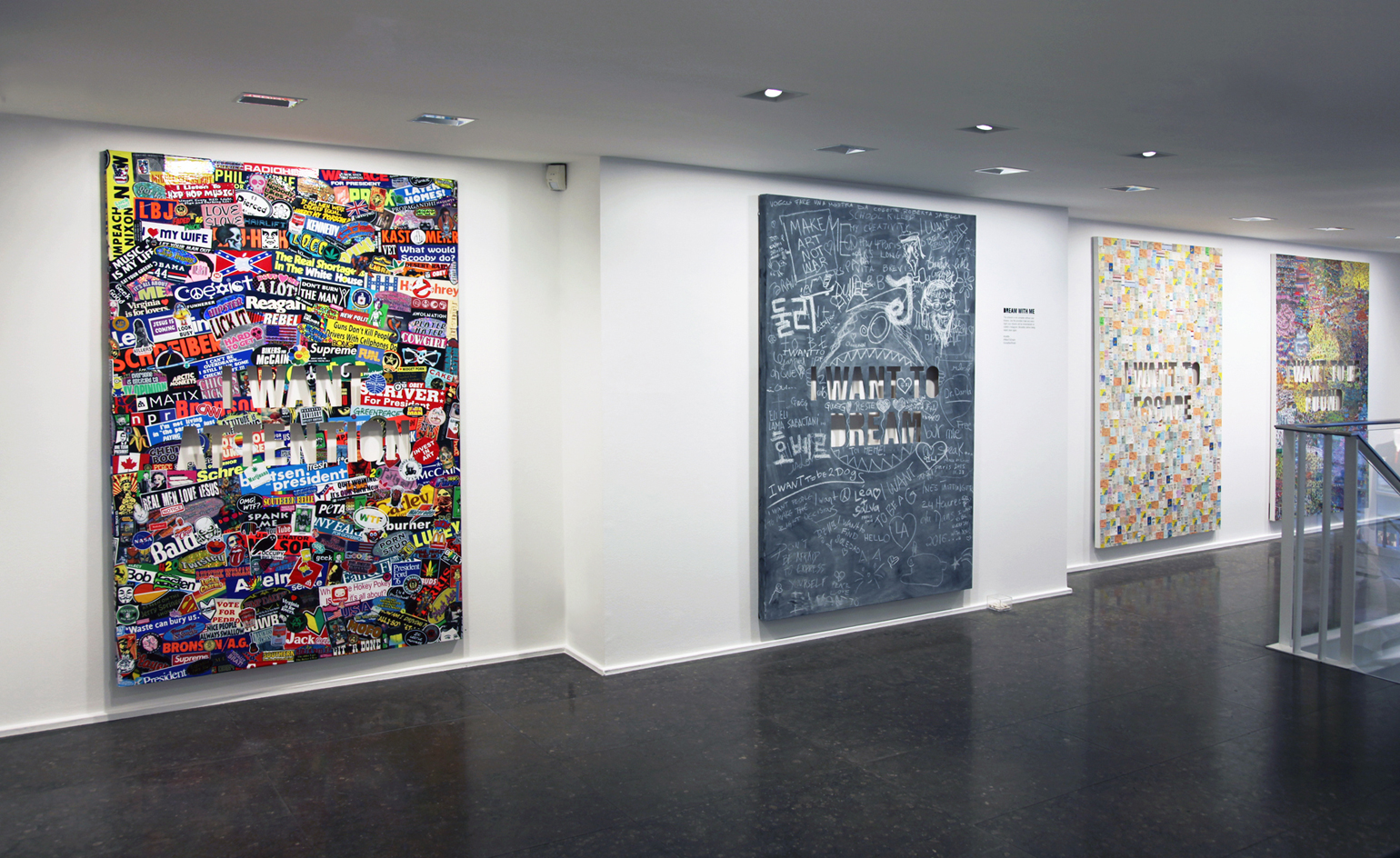
Rosen concludes, ’we can’t allow hate and terror to take away our dreams’
INFORMATION
I Want to Dream remains at Colette until 2 January 2016. For more information, visit Jonathan Rosen’s website, or the Collette website
Wallpaper* Newsletter
Receive our daily digest of inspiration, escapism and design stories from around the world direct to your inbox.
-
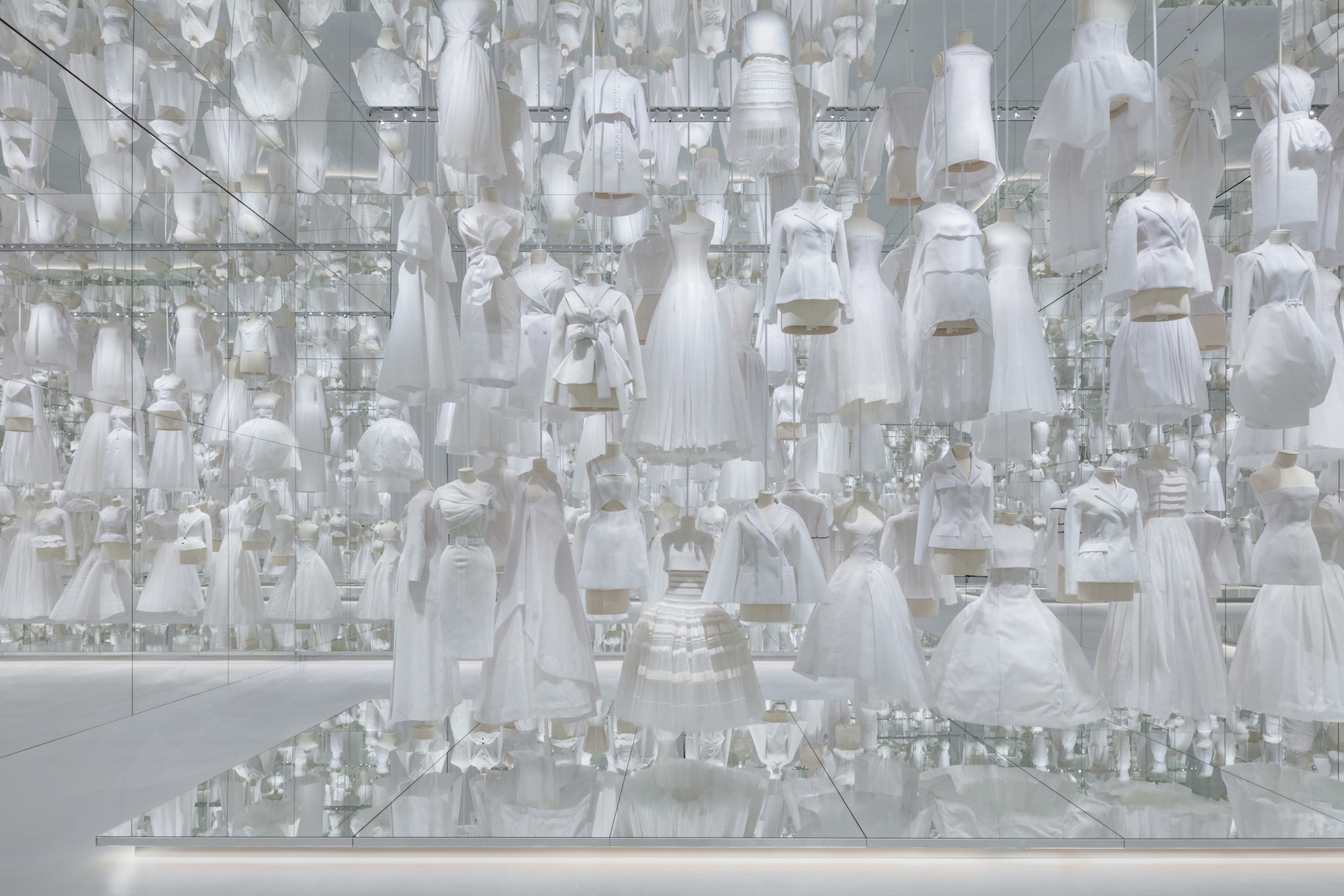 With scenography by OMA, Dior’s ‘Designer of Dreams’ exhibition in Seoul is ‘a piece of theatre’
With scenography by OMA, Dior’s ‘Designer of Dreams’ exhibition in Seoul is ‘a piece of theatre’OMA partner Shohei Shigematsu catches up with Wallpaper* about the dramatic show design for the latest iteration of ‘Christian Dior: Designer of Dreams’, which opened in Seoul this weekend
By Daven Wu
-
 Mercedes-Benz previews its next-gen people mover with an ultra-luxury EV concept
Mercedes-Benz previews its next-gen people mover with an ultra-luxury EV conceptThe Mercedes-Benz Vision V Concept is an art deco picture palace on wheels, designed to immerse passengers in parallel worlds as they travel
By Jonathan Bell
-
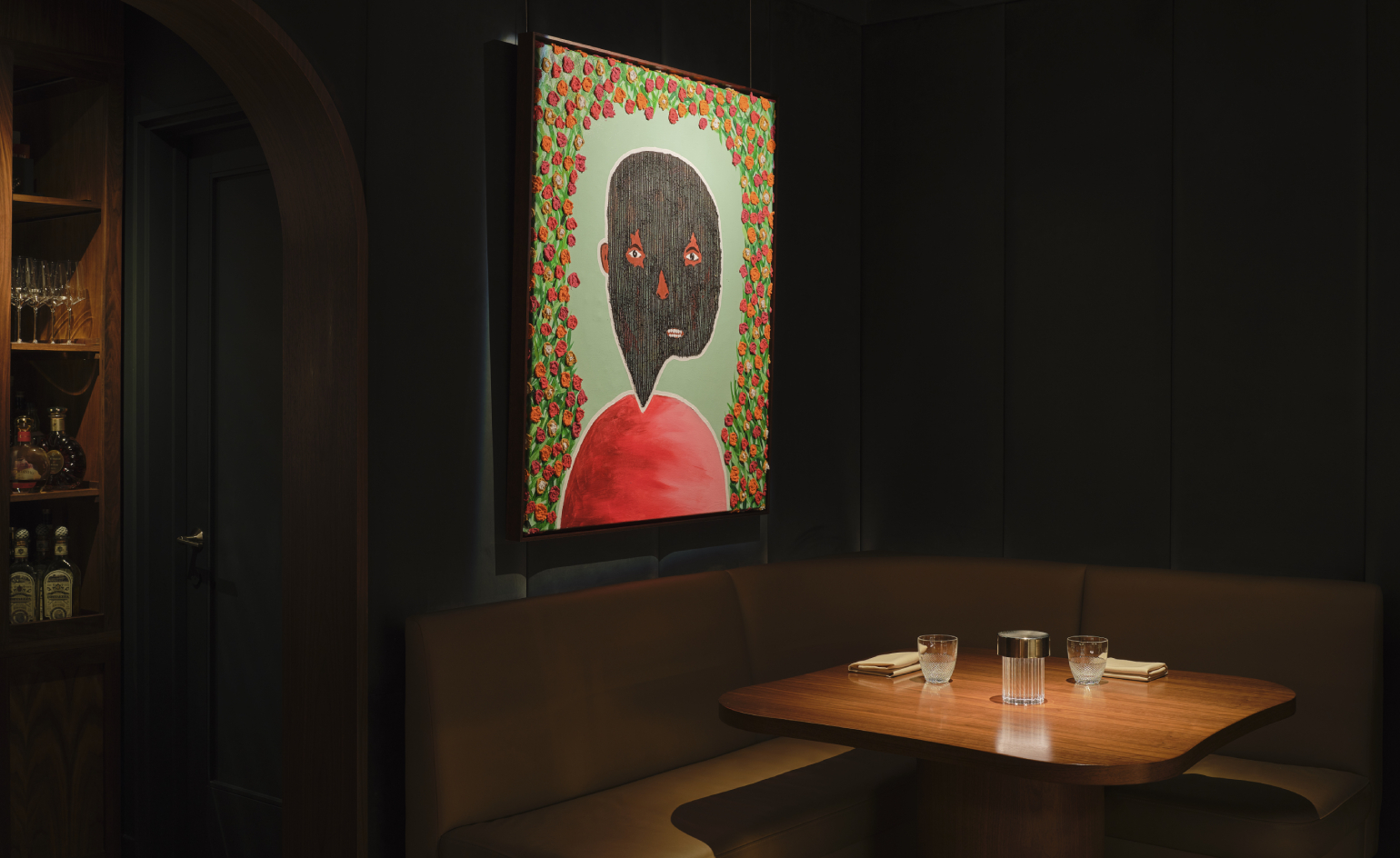 Visit this Michelin-star New York restaurant that doubles as an art gallery
Visit this Michelin-star New York restaurant that doubles as an art galleryArtist Mr.StarCity is exhibiting his emotionally charged yet optimistic ‘Bloomers’ portrait series at Frevo, a Greenwich Village hidden haunt
By Adrian Madlener
-
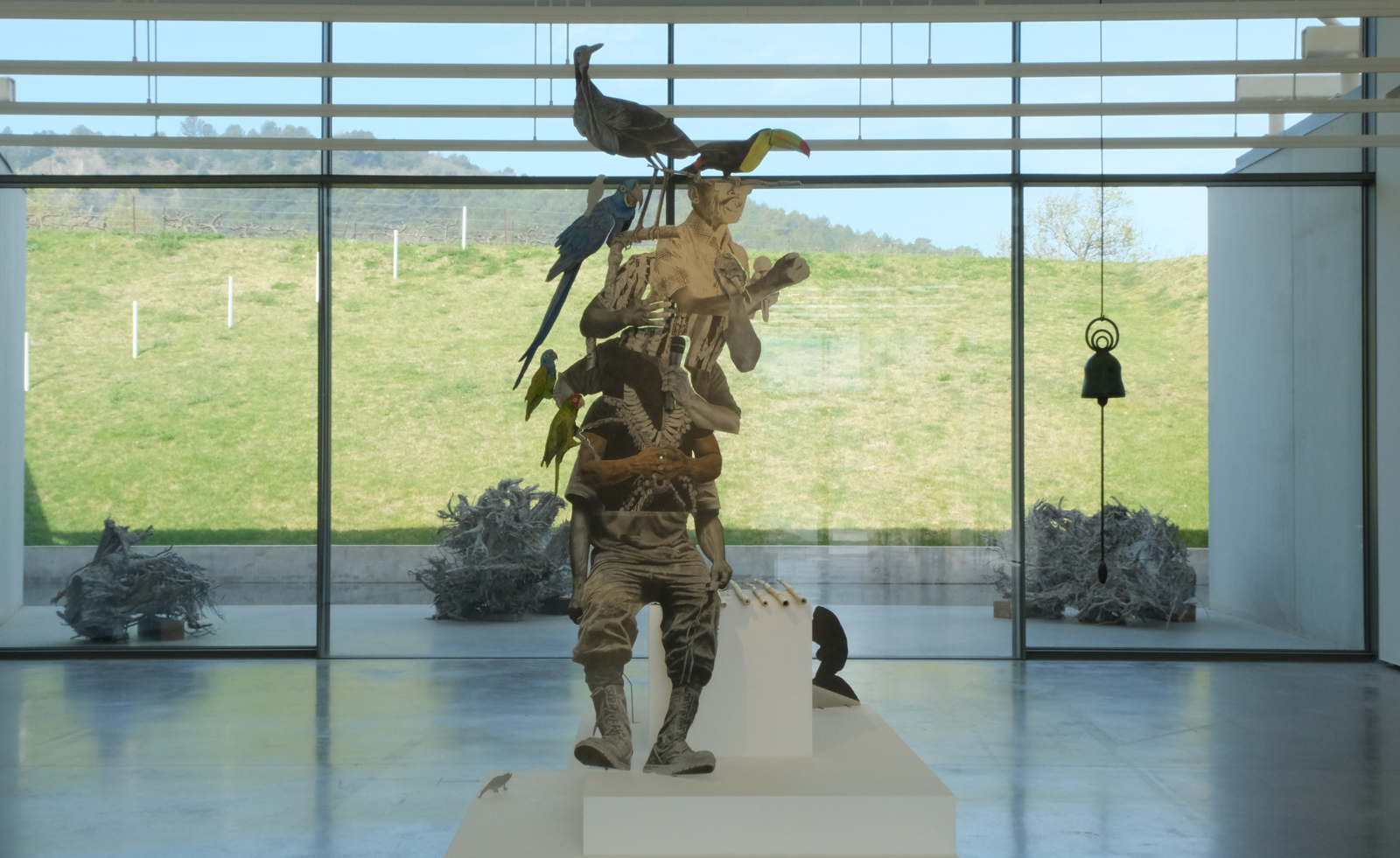 Contemporary artist collective Poush takes over Château La Coste
Contemporary artist collective Poush takes over Château La CosteMembers of Poush have created 160 works, set in and around the grounds of Château La Coste – the art, architecture and wine estate in Provence
By Amy Serafin
-
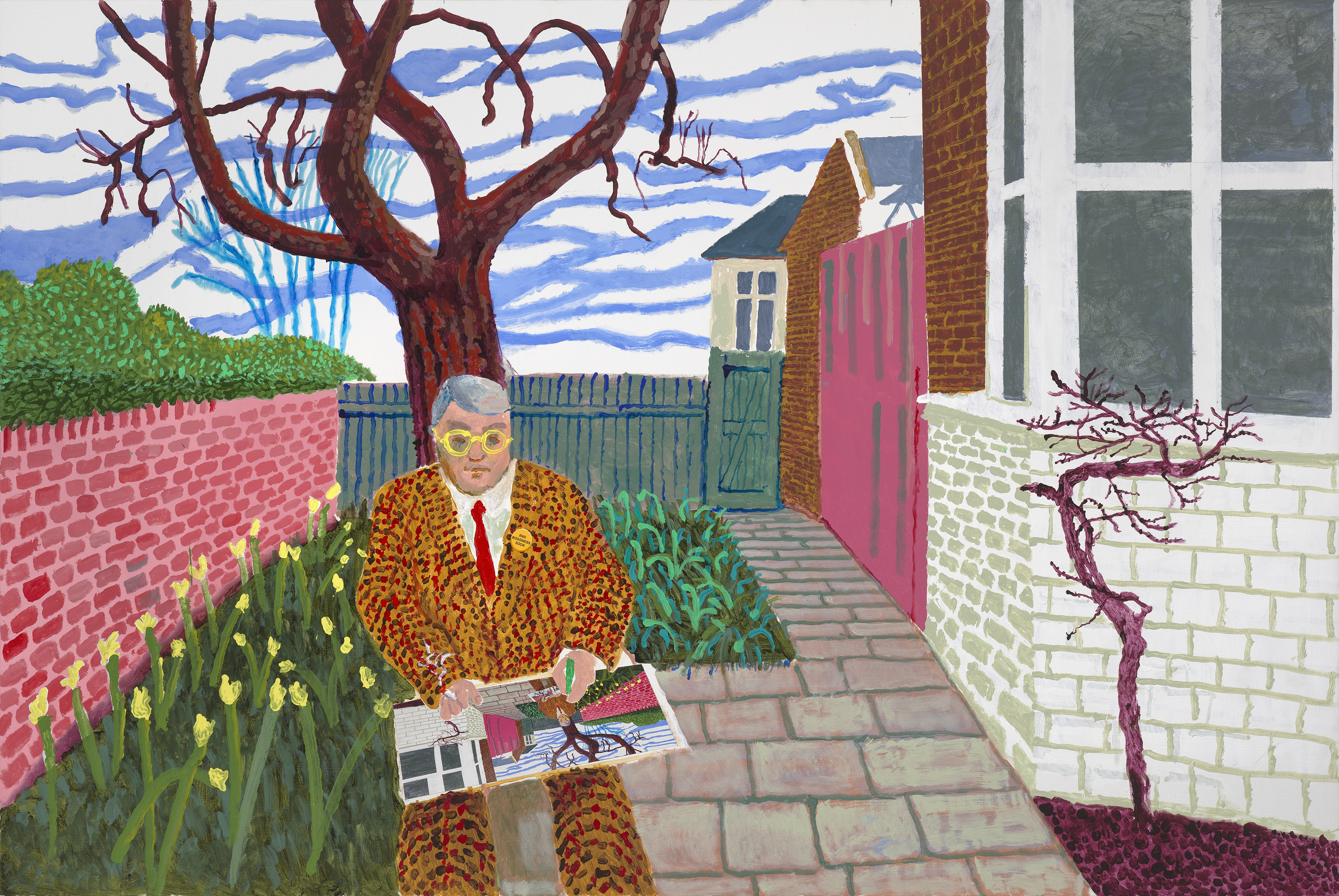 ‘David Hockney 25’: inside the artist’s blockbuster Paris show
‘David Hockney 25’: inside the artist’s blockbuster Paris show‘David Hockney 25’ has opened at Fondation Louis Vuitton in Paris. Wallpaper’s Hannah Silver took a tour of the colossal, colourful show
By Hannah Silver
-
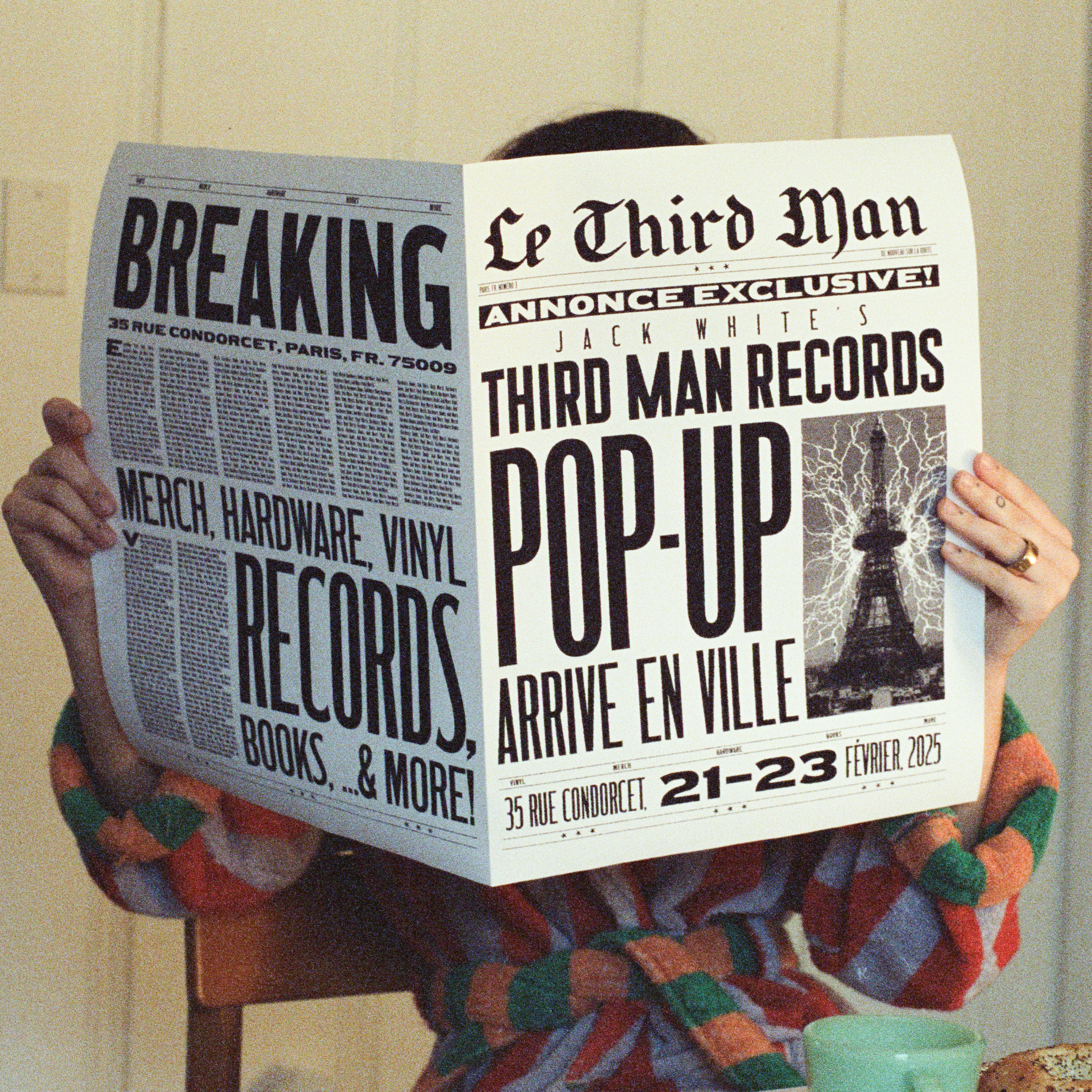 Jack White's Third Man Records opens a Paris pop-up
Jack White's Third Man Records opens a Paris pop-upJack White's immaculately-branded record store will set up shop in the 9th arrondissement this weekend
By Charlotte Gunn
-
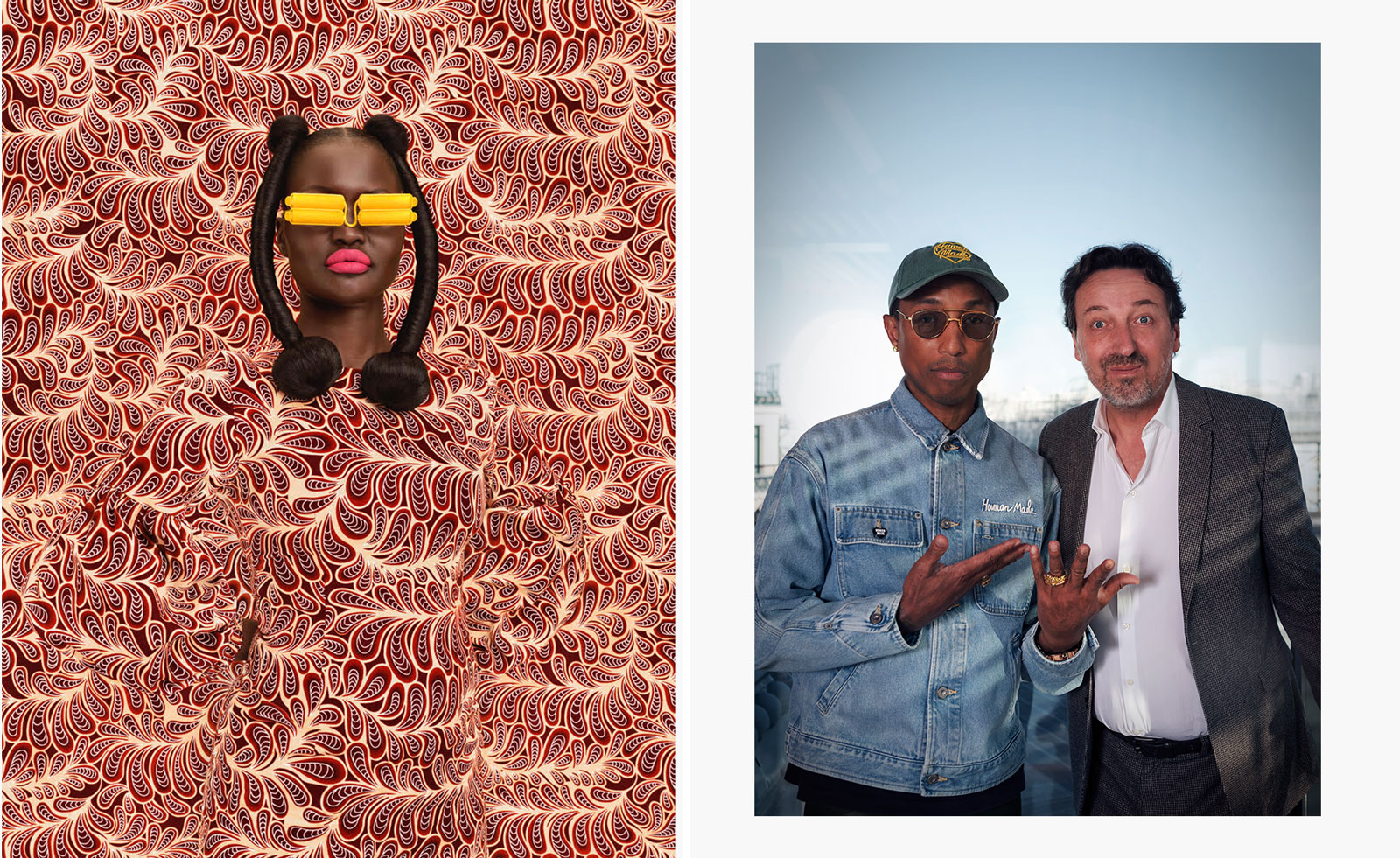 ‘The Black woman endures a gravity unlike any other’: Pharrell Williams explores diverse interpretations of femininity in Paris
‘The Black woman endures a gravity unlike any other’: Pharrell Williams explores diverse interpretations of femininity in ParisPharrell Williams returns to Perrotin gallery in Paris with a new group show which serves as an homage to Black women
By Amy Serafin
-
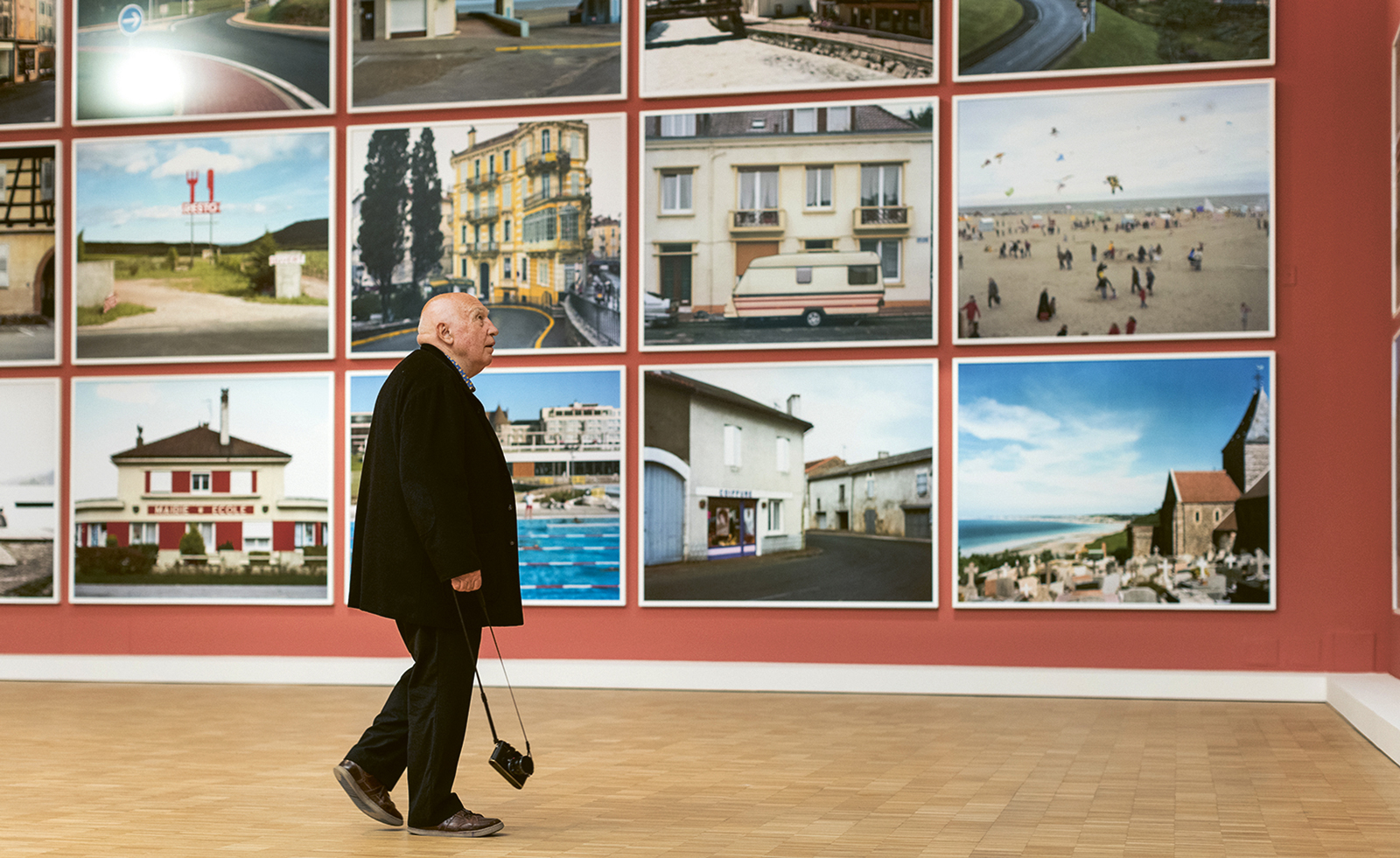 What makes fashion and art such good bedfellows?
What makes fashion and art such good bedfellows?There has always been a symbiosis between fashion and the art world. Here, we look at what makes the relationship such a successful one
By Amah-Rose Abrams
-
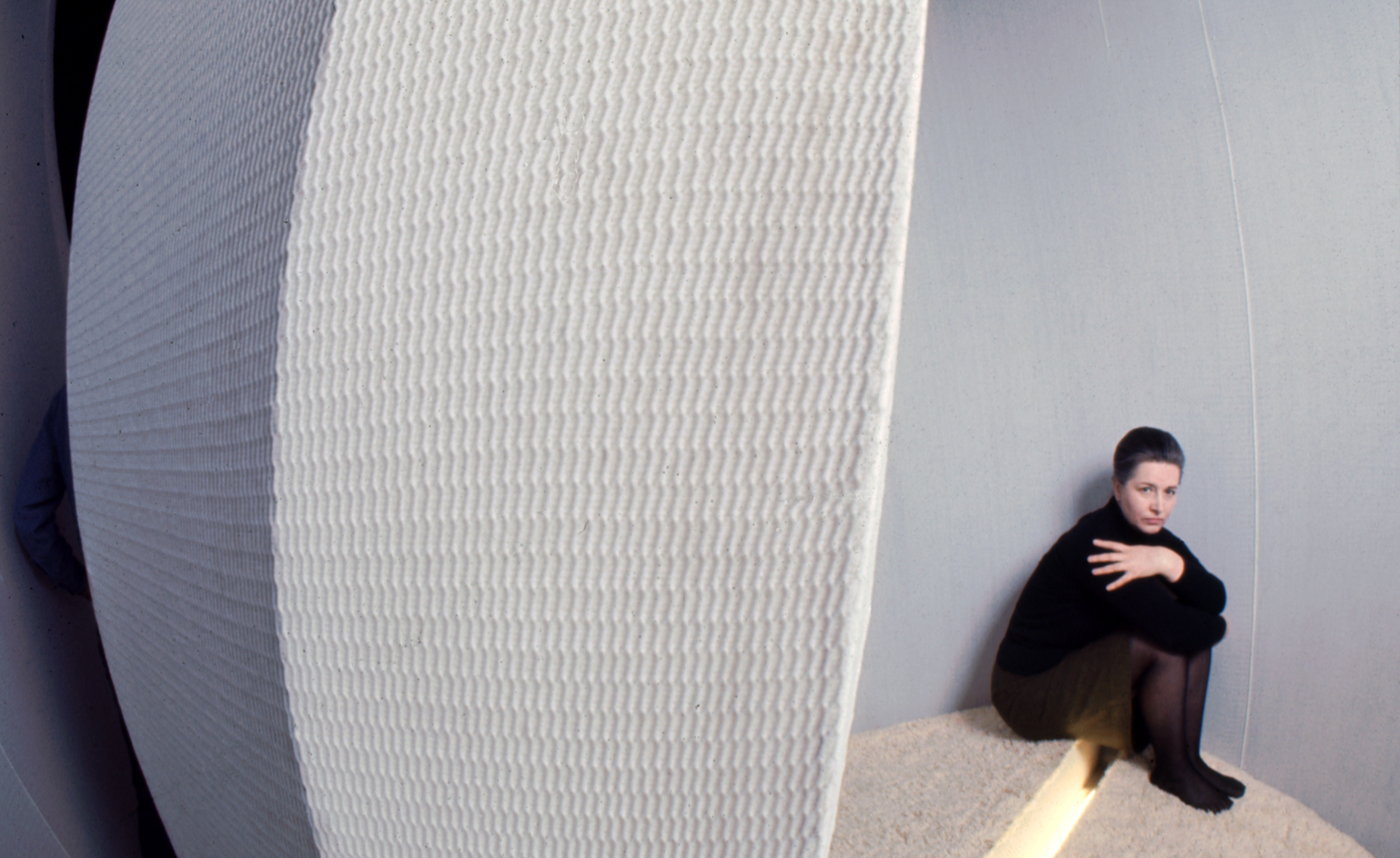 Architecture, sculpture and materials: female Lithuanian artists are celebrated in Nîmes
Architecture, sculpture and materials: female Lithuanian artists are celebrated in NîmesThe Carré d'Art in Nîmes, France, spotlights the work of Aleksandra Kasuba and Marija Olšauskaitė, as part of a nationwide celebration of Lithuanian culture
By Will Jennings
-
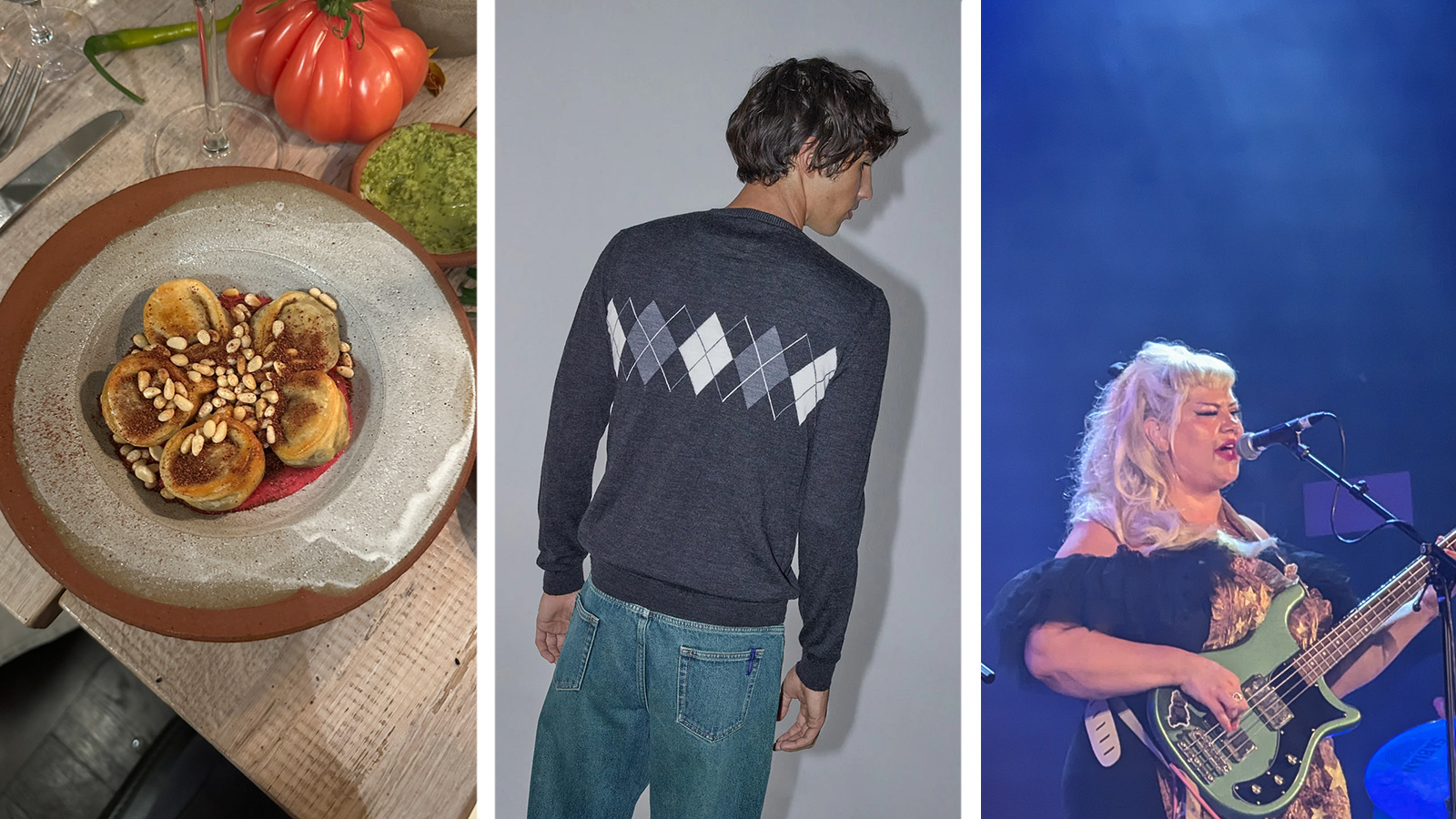 Out of office: what the Wallpaper* editors have been doing this week
Out of office: what the Wallpaper* editors have been doing this weekInvesting in quality knitwear, scouting a very special pair of earrings and dining with strangers are just some of the things keeping the Wallpaper* team occupied this week
By Bill Prince
-
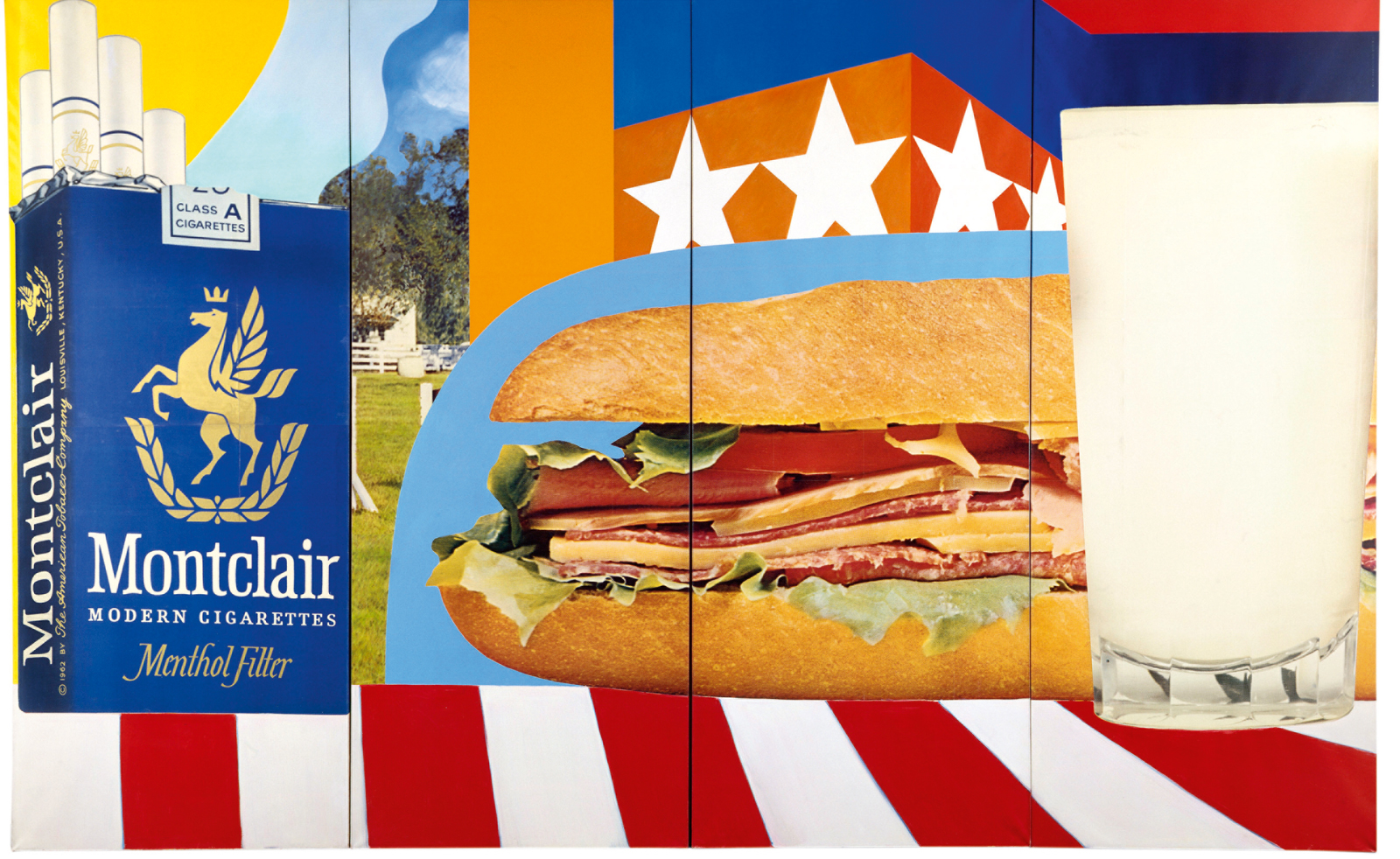 Tom Wesselmann’s enduring influence on pop art goes under the spotlight in Paris
Tom Wesselmann’s enduring influence on pop art goes under the spotlight in Paris‘Pop Forever, Tom Wesselmann &...’ is on view at Fondation Louis Vuitton in Paris until 24 February 2025
By Ann Binlot